Some years ago I did a short series of interviews for The Spectator with British war veterans about their combat experiences. Most had found them exciting, fulfilling, even enjoyable: “I wouldn’t have missed it for the world!” said infantryman Mike Peyton, who likened it to doing the black ski run at Tortin in Verbier. But the one who had nothing good to say about it was airforce bomber pilot David Hearsey.
“All those films where you see fliers gather in the mess for a sing-song round the piano: didn’t happen in my squadron,” he told me. “Our base was grim, cold and windblown. Everyone was miserable and terrified and barely socialized with anyone outside their crew. What was the point? They were all going to die sooner or later. As a rough rule of thumb you’d be dead by your fifth mission.” Still, it could have been worse, he admitted. “In the Royal Air Force, you flew at night, you were given your target and your bombing window, so you could plot your own route and do the job any way you wanted. But the US bomber crews had to fly in daylight in tight formation all the way there and all the way back getting shot to pieces. They had a really raw deal.”
The perspective shifts from cockpit to cockpit, white-knuckled pilots shuddering involuntarily
Indeed they did. And Masters of the Air — which is produced by Steven Spielberg and is an air-war successor to Band of Brothers and The Pacific — captures the relentless grind, the jaw-clenching anxiety and the pant-wetting horror of those terrifying missions quite brilliantly. Avoiding the cliché of the usual introductory episode where you see the disparate recruits go through their training, this series instead opens in medias res with the rookie crews on their first mission over Germany in 1943. And it’s hell. The perspective shifts from cockpit to cockpit, white-knuckled pilots shuddering involuntarily at the black bursts of flak either side of them. Surely, it can only be a matter of time before…
And suddenly it has happened. You’re inside one of those metal coffins just as the shrapnel bursts through the cockpit, shredding the pilot and co-pilot and causing a ball of flame to barrel down the fuselage towards the (thus far oblivious) tail gunner. All the wings are on fire. The plane plummets through the formation, narrowly missing another aircraft still ploughing forward on its perilous course. No parachutes are seen to open. Ten men dead. You had to complete twenty-four more suicide missions like this before — if you were lucky — you were rotated home.
Bomber warfare — pace The Dam Busters — does not lend itself as well to the screen as infantry combat. One mission is much like another (it’s only the depth that varies), faces are obscured by masks, and intercom dialogue is barely intelligible. But the series strikes a satisfying balance between verisimilitude and involving drama.
One episode focuses on the pressure put on a single navigator, probably not much older than twenty, who is suddenly plunged into the unenviable task of leading several squadrons on a mission to destroy a U-boat pen in Norway and bring them safely home. He’s played by Anthony Boyle — one of a number of Irish (see also Saltburn’s Barry Keoghan) or British (Callum Turner) actors putting on American accents for the duration.
But it’s not really one of those things you watch for the acting or — despite the odd love interest or the pub scene where one has to watch an uppity RAF pilot being put in his place by a handier-with-his-fists Yank — the domestic drama. The scenes of rural Britain are evocatively portrayed — Land Girls steering herds of cattle through pastoral idylls, curious urchins, the color tones like a washed-out wartime photograph — but really, it’s all just foreplay for the combat sequences.
The young men who sacrificed their lives in often futile missions have found their fitting memorial in a series which recreates, in vivid and visceral detail, exactly what they had to go through. Imagine, for example, being one of the gunners and having your protective heated suit ruptured by shrapnel. It’s -120°F up there; your urine freezes to your legs; your hands get frostbite so badly you have to go hospital on landing.
If your plane is hit and by some miracle you manage to bail out, you then face the prospect of either being machine-gunned as you descend, being immolated in the fiery furnace of the target you have just bombed, or lynched by mobs of angry, bereaved German citizens itching for vengeance.
How could any of them ever sleep? How did they not go mad with fear? How did these young men keep on going, mission after mission? The subsequent eight episodes — based on the true story of the 100th Bomb Group, known as the “Bloody Hundreth” because it took so many losses — will no doubt enlighten us. It won’t make for easy viewing. But we owe it to those boys to watch unflinchingly — and to pray that future teens and twenty-somethings never have to endure its like.
This article was originally published in The Spectator’s UK magazine. Subscribe to the World edition here.



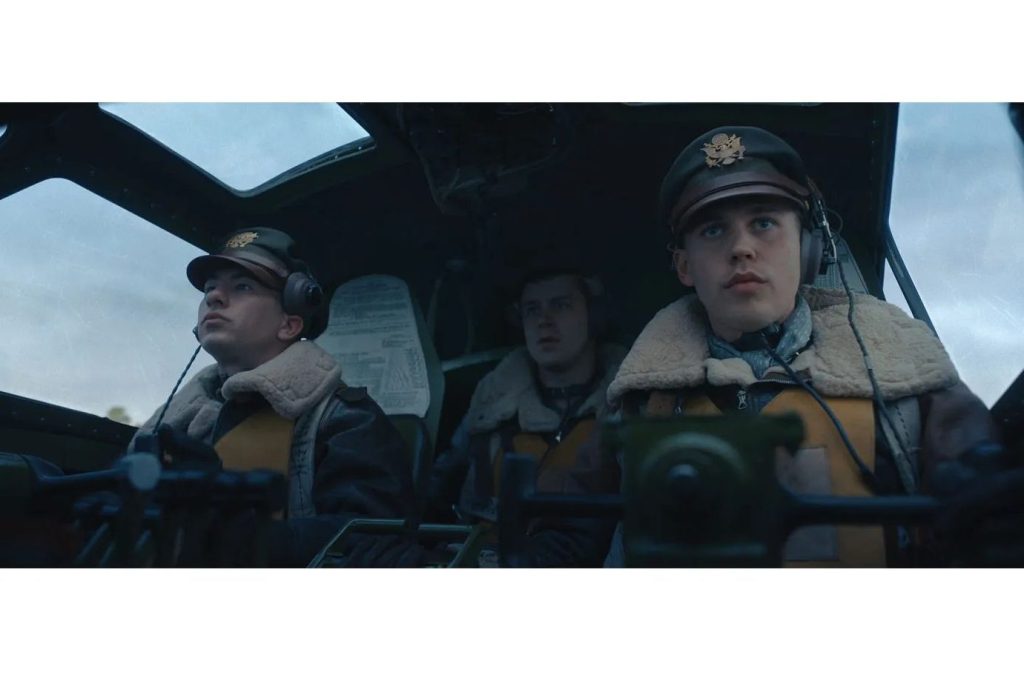


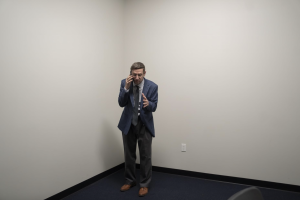
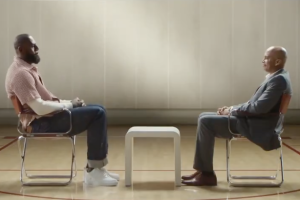



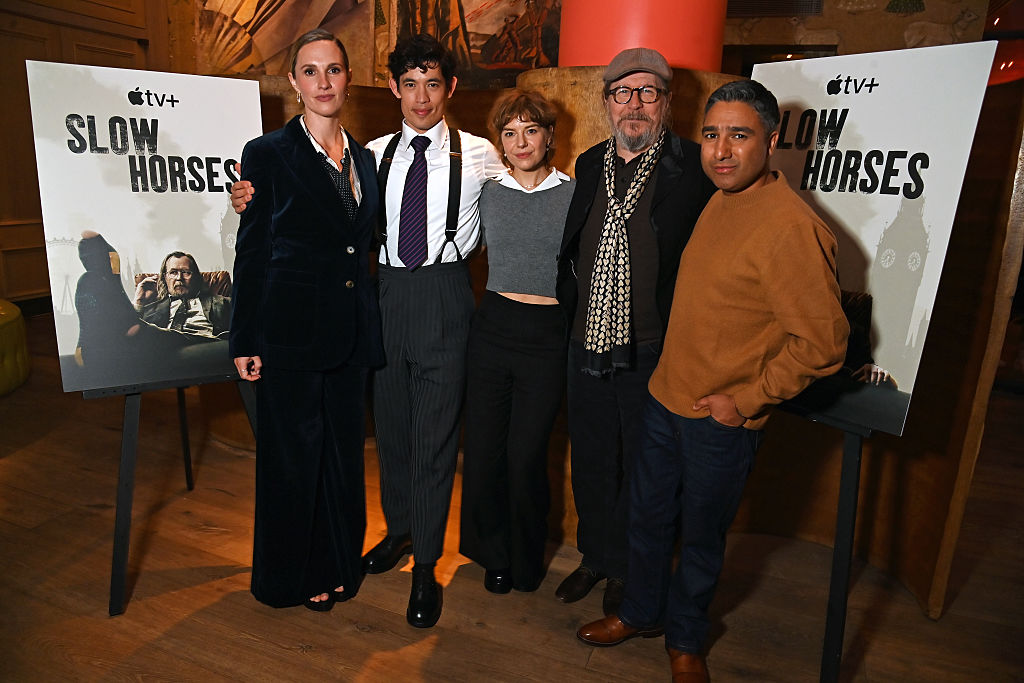
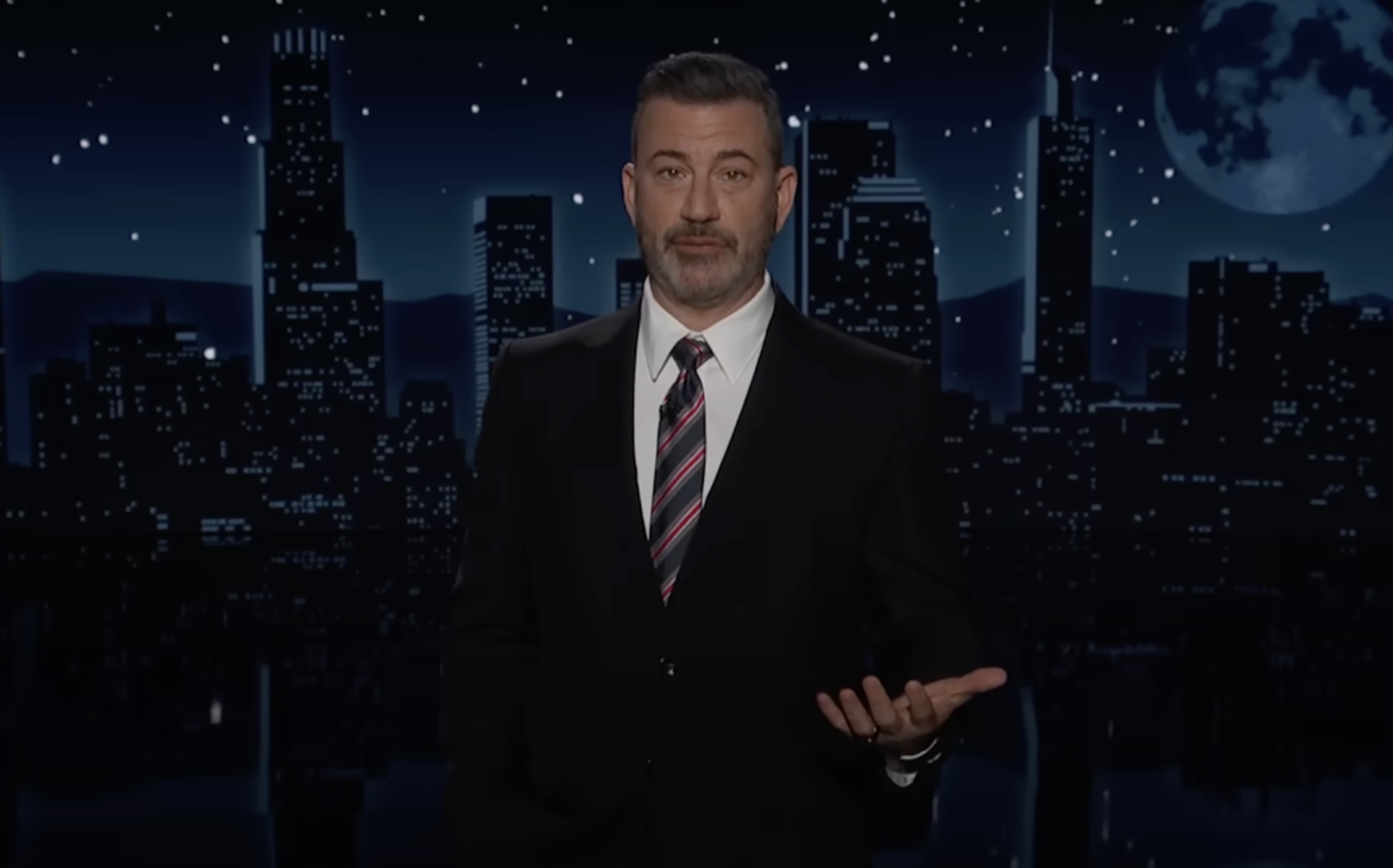
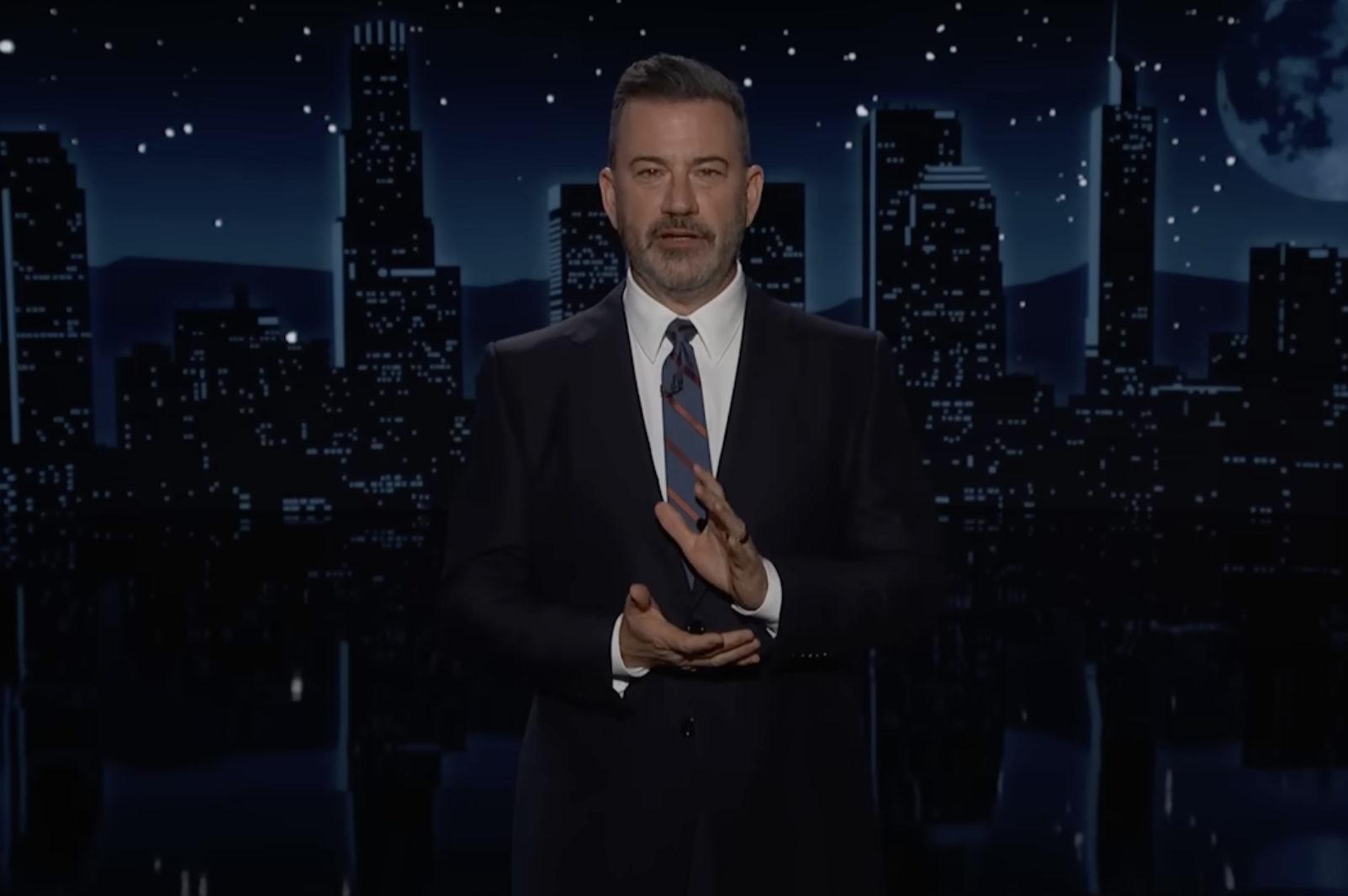
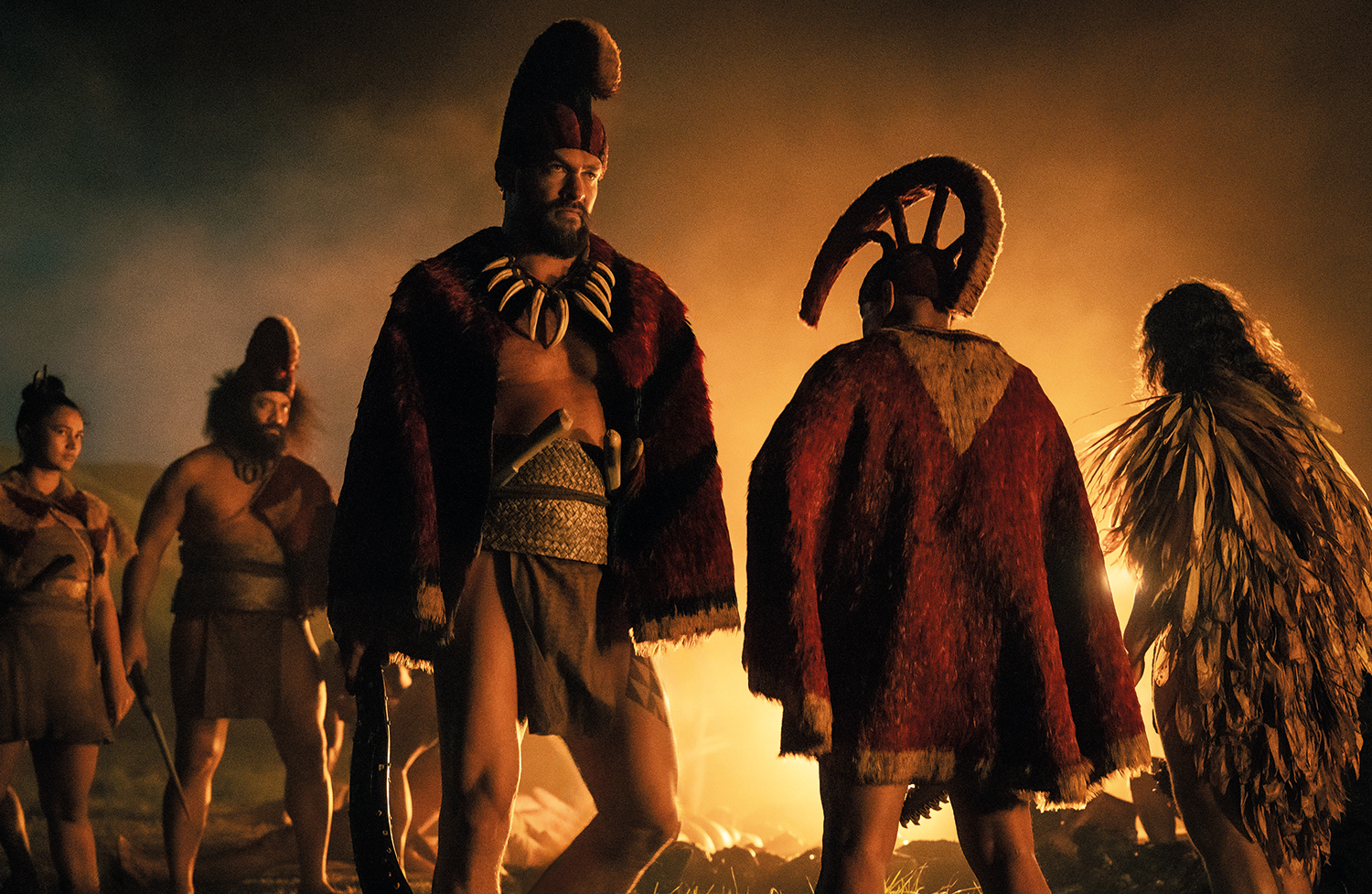







Leave a Reply